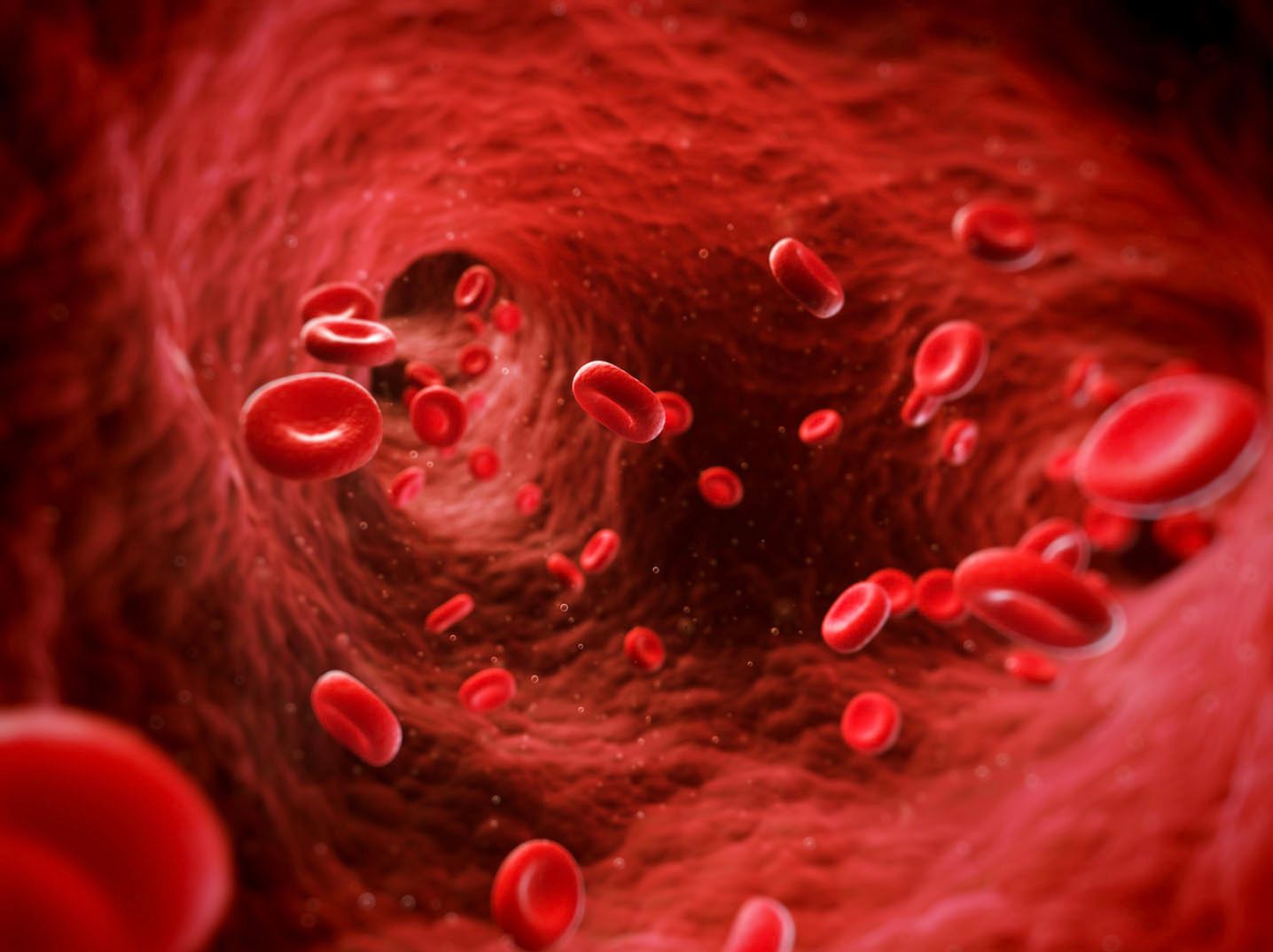FDA Issues Final Guidance on Developing Drugs for Treatment of AML
The FDA has released their final guidance for developing drugs and biological products for the treatment of patients with acute myeloid leukemia. This focuses on the end points in which sponsors and clinicians should consider when looking at these new agents.

The FDA has released a final guidance on the development of drugs and biological products for the treatment of patients with acute myeloid leukemia (AML), addressing new classes of drugs being developed as alternatives to the standard of care cytotoxic drugs.1
“The following factors contribute substantially to the complexity of clinical development programs for such new drugs: the expansion of treatment intent, broadening of the intended population, and development of a wide range of new drug classes as alternatives to cytotoxic drugs,” the FDA explained in the guidance.
The purpose for the guidance is not to create a binding set of steps but guidelines for clinical trials and partners looking toward the future of the AML treatment landscape.
The agency said that this final guidance was updated in response to comments it received on its draft. They included several changes regarding maximizing the time frame between peripheral blood tests and marrow sampling to establish complete remission (CR). They also clarified that the date of the marrow sampling is the assigned date of a complete response (CR). Moreover, they added that including marker-negative patients in studies of targeted therapies might not be necessary in the preclinical setting.
Throughout the guidance, they provided definitions and parameters for key end points and safety parameters for new and developing drugs in the AML setting depending on the treatment. For instance, use of an endpoint like CR with hematologic recovery (CRh) is applicable for drugs that are considered relatively non-toxic and non-myelosuppressive.
To document this end point, the FDA recommended the definition that patients had to have marrow blasts less than 5% by morphological examination, ANC greater than 0.5 Gi/L and a platelet count of 50 Gi/L. However, the count recovery criteria for CR would not be met in the patient with CRh. To achieve CRh, patients would must have an absence of leukemic blasts in the peripheral blood by morphological examination and no evidence of extramedullary disease.
In AML, the most common end point is overall survival (OS) which is defined as the time from randomization to the date of death from any cause. The guidance includes other survival end points, such as event-free survival, but does caution that these results are more dependent on the quality of the data and size of the study. The guidance also highlights the use of MRD-defined end points in order to determine duration of response, EFS, and relapse free survival, but cautions their use due to the frequent amount of bone marrow sampling required. The FDA recommends to monitor these outcomes via hematological relapse.
“The FDA acknowledges that as technology progresses and clinical trial data accumulate, alternative biomarkers or measures of efficacy may be proposed for use as endpoints in AML clinical trials,” the agency concluded in their guidelines. “When considering the use of efficacy end points other than those listed, especially in a trial to be used to support a marketing application, sponsors should consult with FDA about the acceptability of the proposed novel end point prior to initiating the trial.”